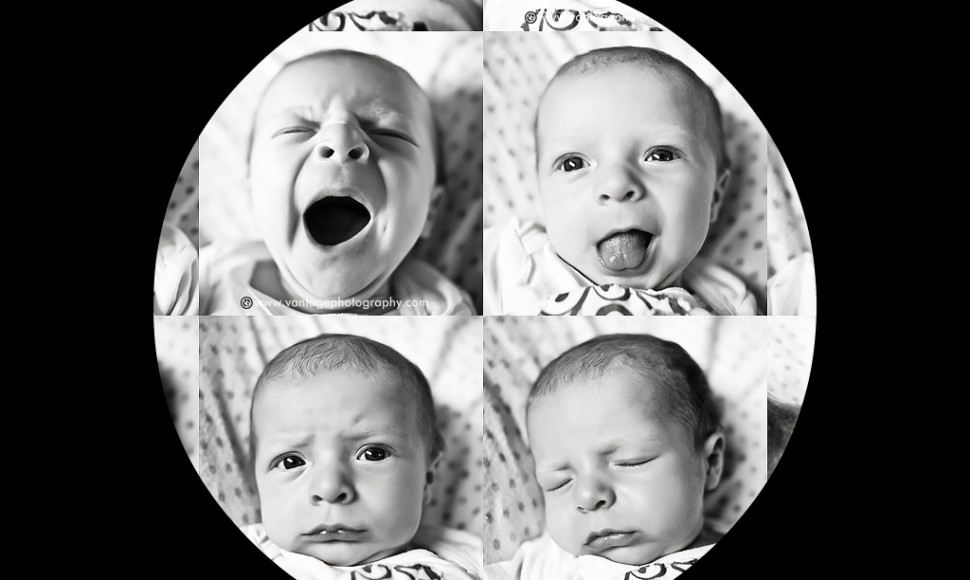Thanks to emojis we can communicate online our emotions in a second and we became much more used to express feelings. So emotions became an open topic not only online but also offline.
“State of Emotion” is the title of the second state festival in Berlin, 3-6th Nov. 2016. The program offers various interactive and playful events where one can indulge in a sea of emotions through experimental psychology, artificial intelligence, emotion research and neuroscience.
In New York, the free pop-up Museum of Feelings is creating a big hype. Even before you enter the exhibition, the exterior of the museum changes colour reflecting the mood of the city through data collected via social media. Ultimately, the museum calls itself a “mood ring of the city” and uses each visitor’s biometric data to create a MoodLens, a unique emotional selfie. The Museum of Feelings also encourages visitors to get involved on social, currently, the #museumoffeelings hashtag has almost 14,000 tags. With the focus on using fragrance to elicit feelings, they are then transforming those emotions into works of art. The Museum of Feelings engages four of the major five senses allowing one to smell, touch, listen and breathe in a unique and immersive experience. Each room tackles a different emotion from exhilarated, to calming and optimistic.
Another way of analysing human emotions has been developed by Jonathan Harris and Sep Kamvar. www.wefeelfine.org is an exploration of human emotions on a global scale. We Feel Fine has been harvesting human feelings from a large number of webblogs. Every few minutes, the system searches the world’s newly posted blog entries for occurrences of the phrases “I feel” and “I am feeling”. The result is a database of several million human feelings, increasing by 15,000 – 20,000 new feelings per day. The feelings can be searched and sorted across a number of demographic slices, offering responses to specific questions like: do Europeans feel sad more often than Americans? Do women feel fat more often than men? Does rainy weather affect how we feel? What are the most representative feelings of female New Yorkers in their 20s? What do people feel right now in Baghdad? What were people feeling on Valentine’s Day? Which are the happiest cities in the world? The saddest? And so on.
Here are some of the more interesting insights mentioned by the authors:
On Valentine’s day, people feel “loved” and “lonely” more than on other days. As people get older, they tend to express less anger and disgust. Women express their emotions far more frequently than men, and have a broader vocabulary for expressing their emotions than men do.
Jonathan and Sep explained that their primary medium is the web because they love the openness, accessibility, interactivity, real-time nature, and reach of the web. But they wrote a book because they wanted to say something long, and attention spans on the web are short. it is a radical experiment in mass authorship, merging the online and offline worlds to create an indispensable handbook for anyone interested in what it’s like to be human.
Feelings are going public. We tell our emotions online whenever we feel so and at the same time we get to know what’s going on in everybody else’s emotional life. On the other side a blogger from Maine wrote “I have a problem I’m sure many other bloggers face: I am perfectly comfortable sharing intimate details about my emotions with complete strangers I meet online but shy away from expressing my true feelings to anyone I know in real life.”
We Feel Fine is an artwork authored by everyone which will grow and change as we grow and change, reflecting what’s on our blogs, what’s in our hearts, what’s in our minds.

0 Comments